How To
All posts
Where To Go Friction/Slab Climbing
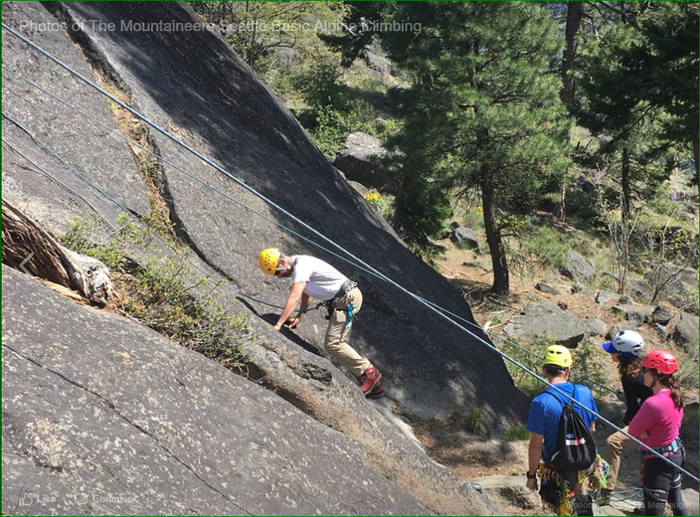
Friction climbing is a type of rock climbing where the rock face is angled to less than vertical, offering little in the way of traditional hand and foot holds. It requires movements that allow you to ascend steep slabs using nothing but rubber on rock and careful, deliberate movements. In this blog, I’ll tell you where to go to put your friction climbing skills to the test. Read more…
Kick and Glide: Find the Nordic program best for you
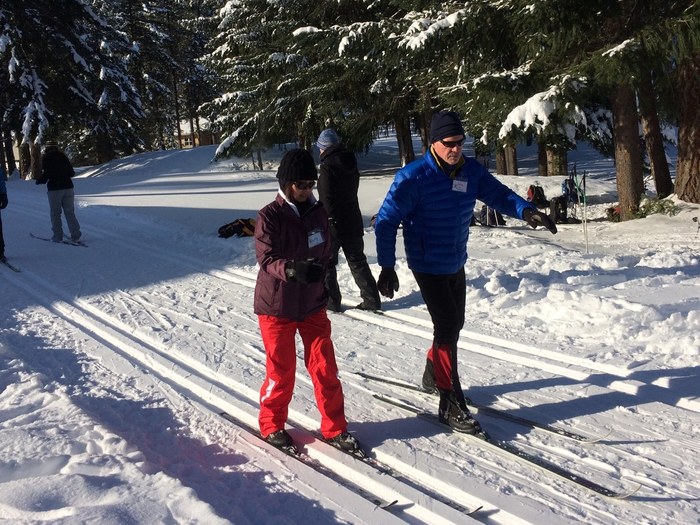
Are you interested in cross-country skiing with The Mountaineers this winter? Several of our branches offer a variety of classes. Take a look, learn about the differences, and decide which might be the best option for you! Read more…
Peak Fitness | Extended Plank
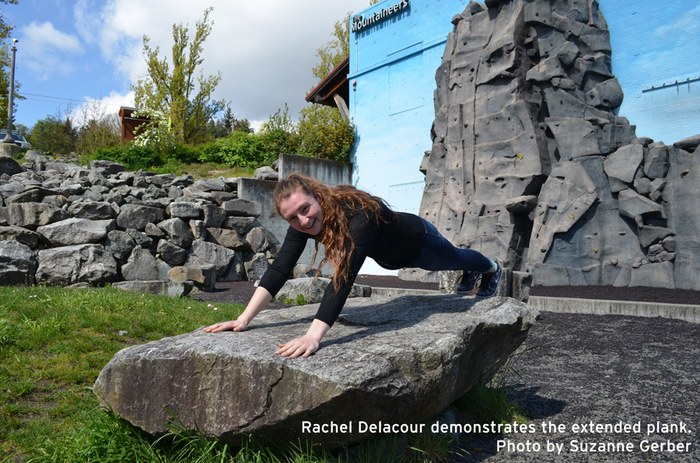
Whether you are gearing up for skiing, snowshoeing, climbing, or pack carrying, you will benefit from having a strong core to connect upper and lower body. When my husband and I climb mountains, we like to do pushups at the summit. Read more…
Tell Me About: Trail Running Shoes
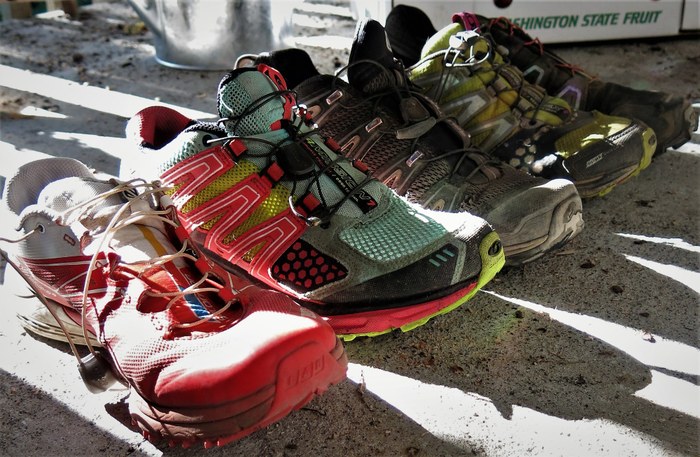
You’re walking down your favorite trail, newly watered by an autumn shower, when it strikes. That misstep or unexpected slide leading to feelings of both weightlessness and panic: will you get that other foot down in time or end up kissing mud? Read more…
5 Basic Skills for Friction Climbing
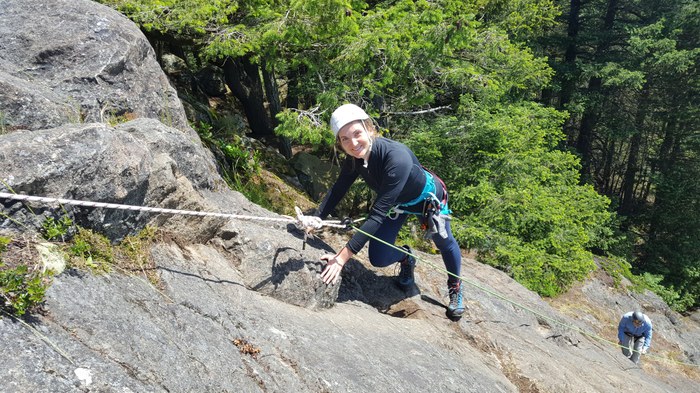
Friction climbing is a type of rock climbing where the rock face is angled to less than vertical, offering little in the way of traditional hand and foot holds. Instead, friction climbing requires movements that allow you to ascend steep slabs using nothing but rubber on rock and careful, deliberate movements. In this blog, I’ll define slab climbing techniques and how you can combine balance and footwork to get to the top. Read more…
Hiking Tips For Kids: Girl Scout Silver Award Project
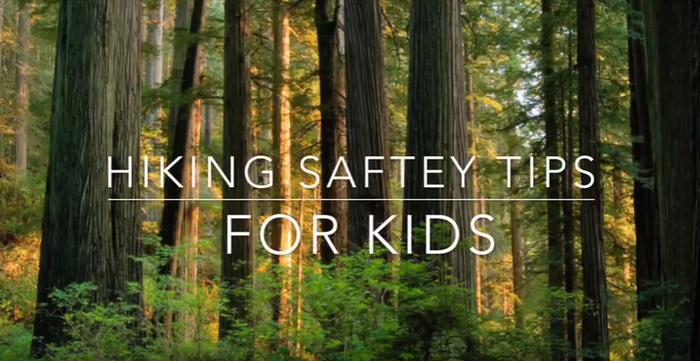
My name is Lucy Grim and I am a Girl Scout finishing out my last cadette year. I have been working towards earning my Silver Award, the highest award a Girl Scout cadette can earn, for the last few months. For my project, I made a video on how to stay safe and have a successful hiking trip for groups hiking with kids. Read more…
How To: Pick a Sleeping Bag
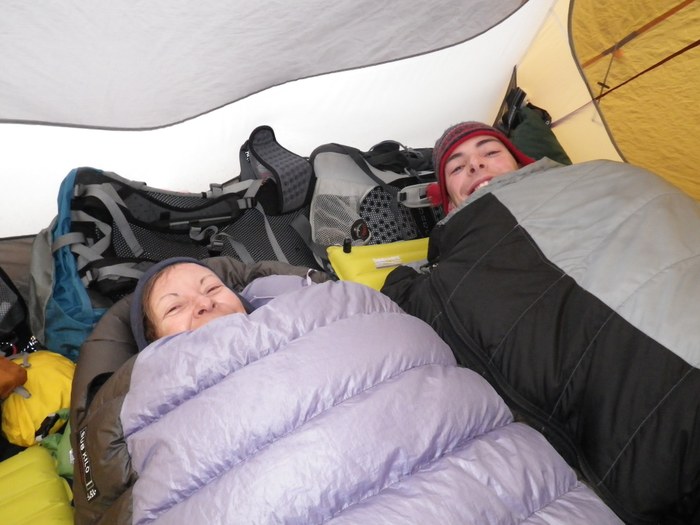
Has it happened to you? I was camping at 11,500 ft at Guitar Lake along the John Muir Trail on the last day of a 2013 backpacking trip with my 3 sons. The low overnight temperature was 32 degrees, and while I should have been comfortable in my 30 degree rated sleeping bag, even with all my clothes on, I was barely warm. Read more…
What Is Friction Climbing?
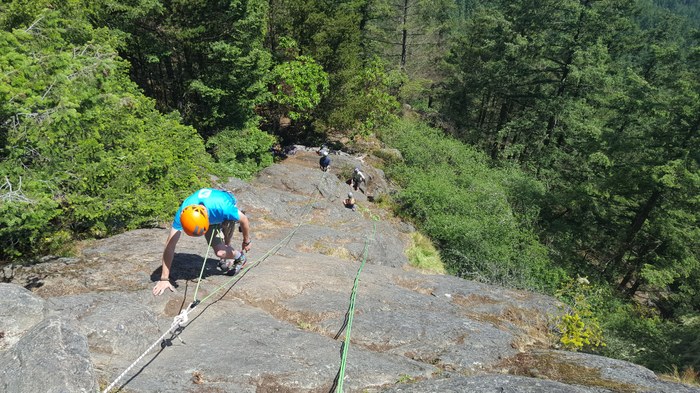
Friction climbing, also known as slab climbing, is a type of rock climbing where the rock face is angled to less than vertical and offers little in the way of traditional hand and foot holds. Rock of this orientation is often called a ‘slab’. Friction climbing requires the liberal use of ‘smearing’ or ‘frictioning’ techniques, where the climber uses a combination of balance and footwork to ascend a rock face. Read more…
How To: Train for Your Next Hike

People join The Mountaineers from all walks of life, at all levels of experience. For those looking to kickstart their outdoor experience or take their fitness up a notch, check out these training ideas from Alison Hudson at PartSelect. Hudson is a field instructor for the National Outdoor Leadership School and a freelance writer and who has contributed to The Clymb and Outdoor Nation. In this piece, she shares how to train in the city, train for the downhills, and get mentally tough. Read more…
Essential Repellent: What You Need to Know to Survive the Battle of the Bug
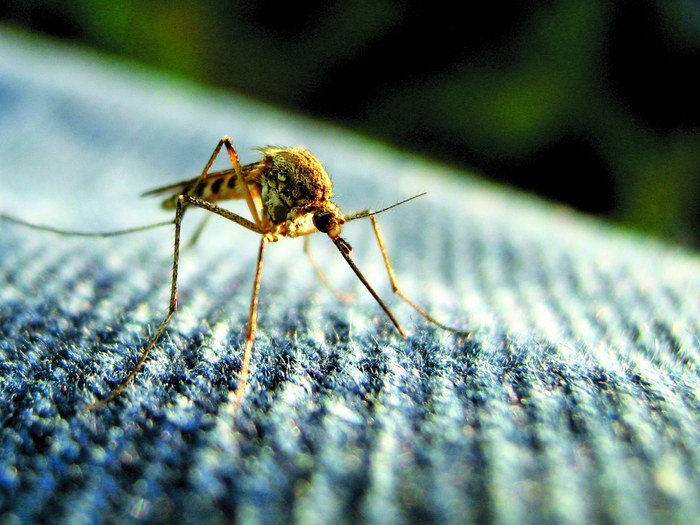
The West Coast’s winter was wet and soggy. The forecast for the spring and summer is lingering snowpack, muddy trails … and bugs. Lots of bugs! Read more…
How To: Take Advantage of Workplace Giving
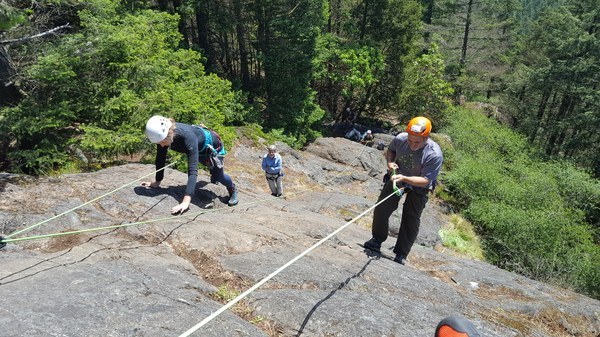
We love Workplace Giving programs as an extra way to support The Mountaineers. They give you an easy way to double the impact of your volunteer time, membership dues, and charitable donations with an employer match! Read more…
How To: Protect from Sun on the Snow
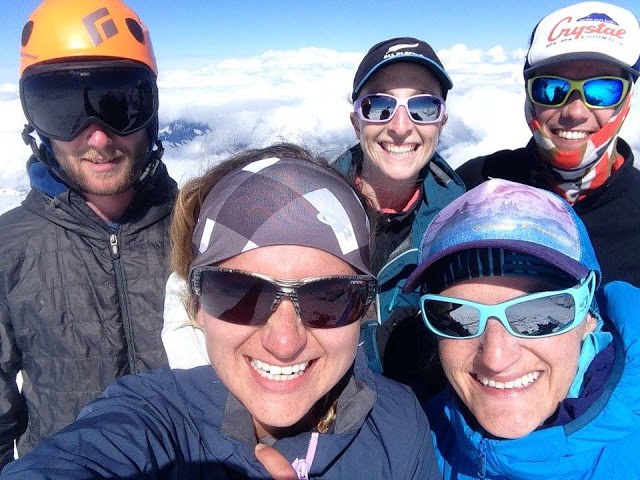
This is my friend Casey. She's a rockstar, and summitted Mt. Baker via the Squak Glacier in a single day last June. We spent 13 hours on our feet to summit and get down, with 7-8 of those hours under direct sunlight. Read more…
The Frugal Navigator - How To Find Your Way on the Cheap
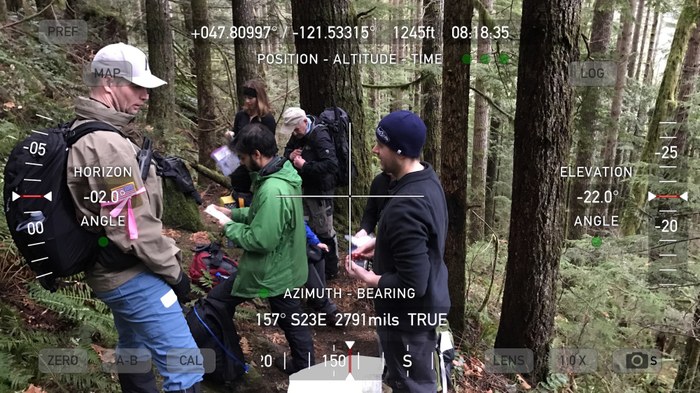
Mountaineering is an expensive sport. It's especially daunting for beginners, who often have to prioritize spending across competing items. With a fixed amount of money, do you go for Gore-Tex undies, an ice axe made of sleek unobtanium . . . or yawn, a compass? (Let's face it, a shiny new cam is way sexier than a compass.) Read more…
Emergency Contacts: The Most Important People
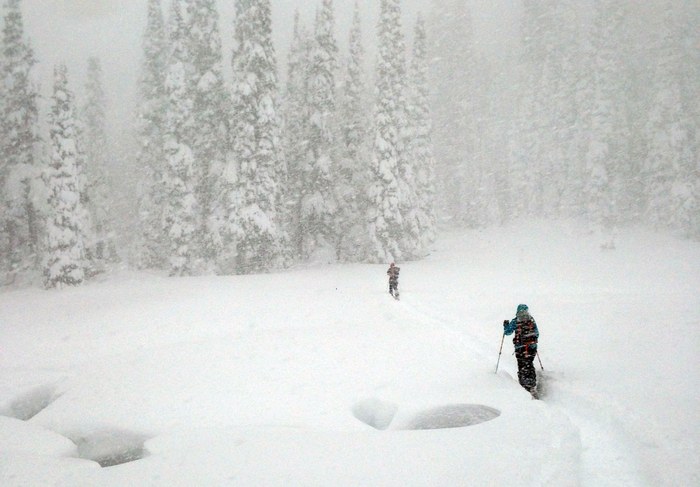
Three years ago, my friend Loren died in a skiing accident. A huge February storm rolled through the Pacific Northwest, and a bunch of us took extra days off to go skiing. He and a friend were skiing Crystal in-bounds on a Wednesday when Loren fell into a tree well. He suffocated before he could be rescued. Read more…
How To: Pack for the PCT
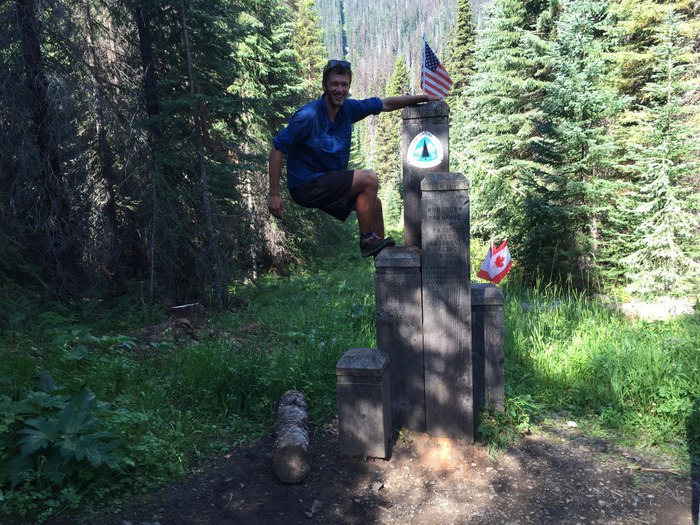
Editors note: During the summer of 2016, six current and former Mountaineers Adventure Club (MAC) members hiked the Washington section of the Pacific Crest Trail. This blog outlines how to prep for a trip. To find out what happened on the actual trip, read Part 1 by Logan Urrutia. Read more…
How To: Remember Your Gear
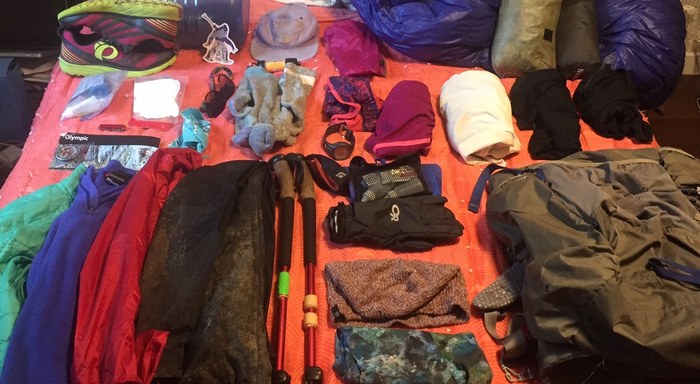
We all know how important good planning and preparation are to a successful outing. Familiarizing yourself with your route, having the proper equipment, checking the forecast, and reading past trip reports are all things that we can do to make our excursions more successful, regardless of whether they be a paddle, hike, climb or ski. Read more…
How To: Be A Good Adventure Buddy
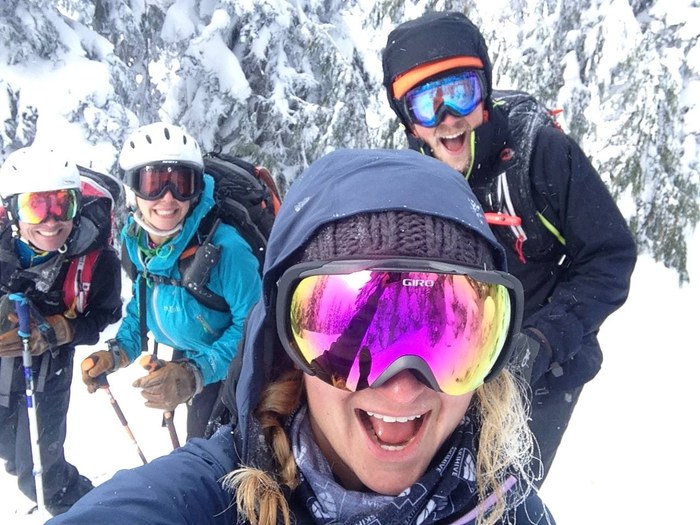
Experienced adventuristas often forget what it was like to be 'the noob'. We have our kit dialed, know how much food to pack, and can go from no plans to leaving on a two-day ski trip in 30-minutes without breaking a sweat. But we were all beginners once, and each have someone to thank for taking us out for our first hike, bike, ski, or climb. Read more…
How To: Layer in the Backcountry
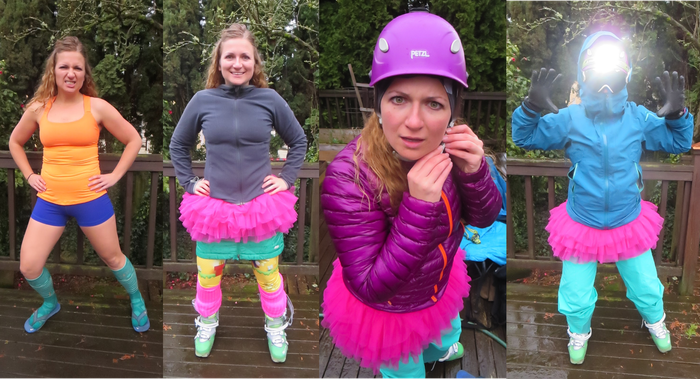
Mastering your personal layering comfort is one of the most difficult aspects of backcountry travel. Too many clothes and you're soaking yourself from the inside out. Too few and you're freezing your little tootsie off. No bueno either way. Read more…
How To: Bow Out Of A Trip
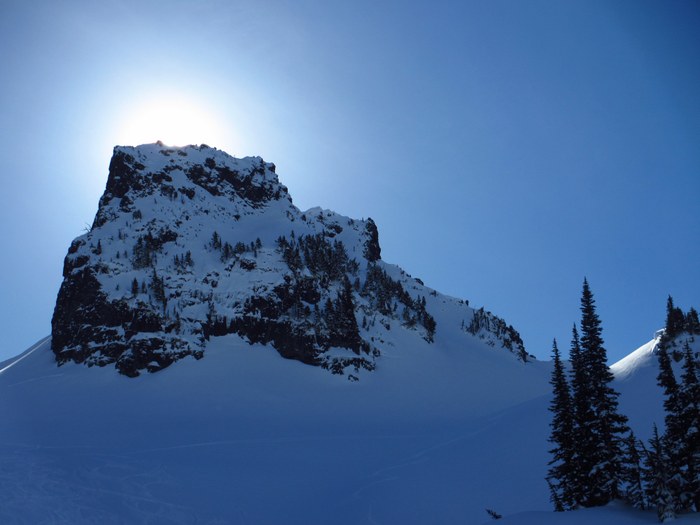
You’ve been planning a trip for a while now - maybe even for weeks or months. Your buddies are all psyched. You’ve double and triple checked your gear. Everything is packed and ready to go. Car is gassed up. But something’s not quite right. Read more…
How To: Recognize and Treat a Concussion
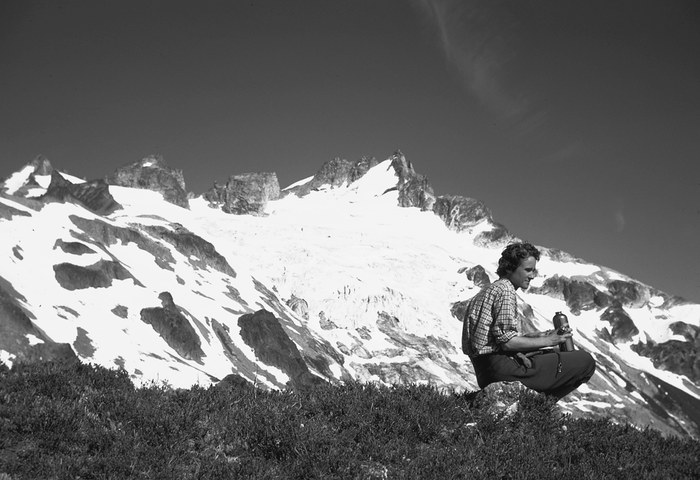
When someone mentions concussions, most people think of car accidents or full contact sports like football, rugby, or hockey. But with such an increased chance of an impact to our heads - whether it be from a falling rock from above, or us falling and hitting our heads - climbers have a serious chance of sustaining a concussion. Read more…
How To: Implement Low-Impact Recreation Skills
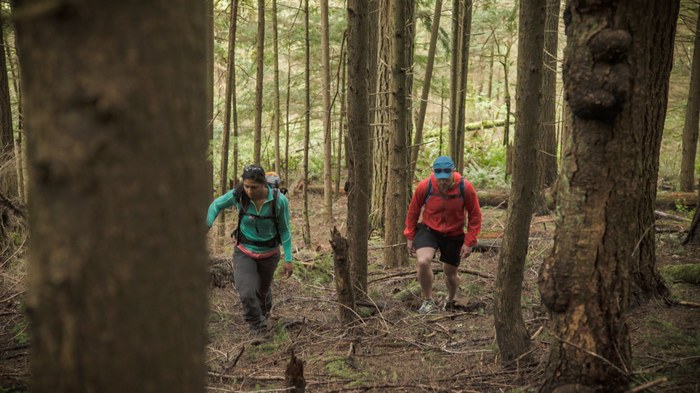
At The Mountaineers, we've believe venturing into the outdoors is an essential piece of the human experience. It's important to implement low-impact recreation skills to keep our wild places as sanctuaries for the human spirit. Read more…
How To: Reduce Your Backcountry Bathroom Use Impact
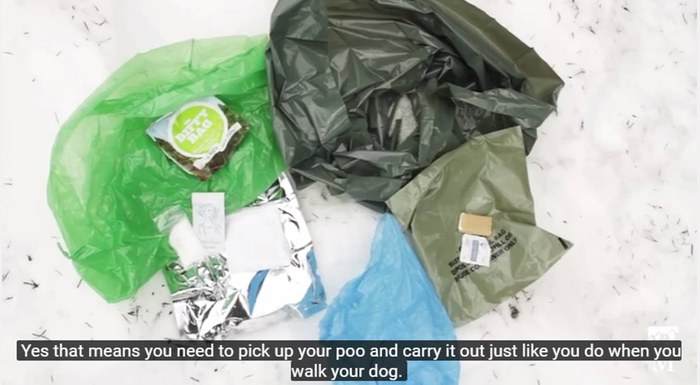
At The Mountaineers, we've believe venturing into the outdoors is an essential piece of the human experience. It's important to implement low-impact recreation skills to keep our wild places as sanctuaries for the human spirit. Read more…
How To: Reduce Your Backcountry Camping Impact
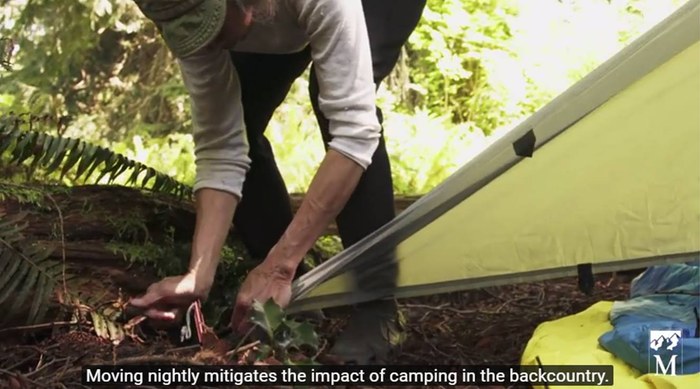
At The Mountaineers, we've believe venturing into the outdoors is an essential piece of the human experience. It's important to implement low-impact recreation skills to keep our wild places as sanctuaries for the human spirit. Read more…
How To: Avoid Being Caught in a Natural Disaster

Exploring the backcountry comes with its own set of risks: emergency care is often far away, cell phone coverage is rare, and the natural elements can be unpredictable. This risk is often what draws people to wild places, but some natural disasters are so risky that you should make every effort to avoid being caught out in them. Here are tips for avoiding four natural disasters and advice for how to get through to the other side if you are swept up in an unexpected event. Read more…
How To: Navigate Loose Rock
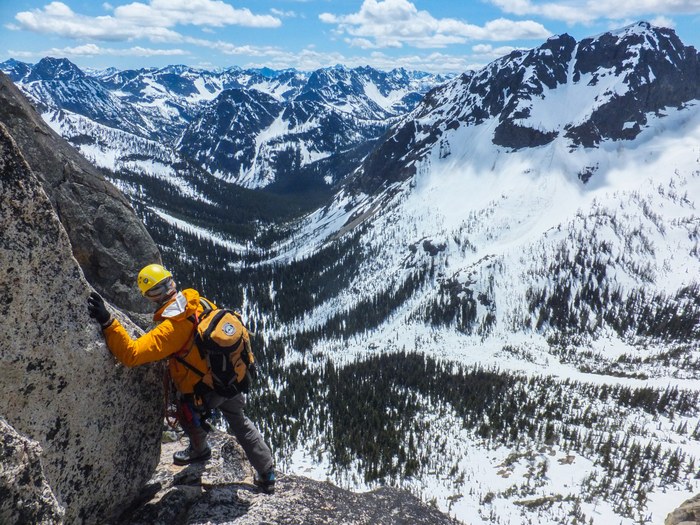
Rock fall is one of the more common causes of injuries in both climbing and scrambling. The rock in the Olympics is notorious for its poor quality, and the Cascades, although overall it is of much better quality, has its share of choss piles as well. A friend of mine used to joke about climbing in the Olympics, “if you don’t like your options for handholds, pick the rock up and move it somewhere else.” Read more…
How To: Reduce Your Backcountry Eating Impact
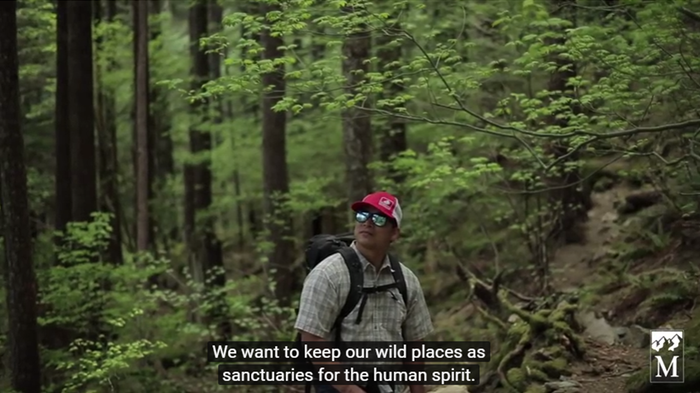
At The Mountaineers, we've believe venturing into the outdoors is an essential piece of the human experience. It's important to implement low-impact recreation skills to keep our wild places as sanctuaries for the human spirit. Read more…
How To: Reduce Your Backcountry Travel Impact
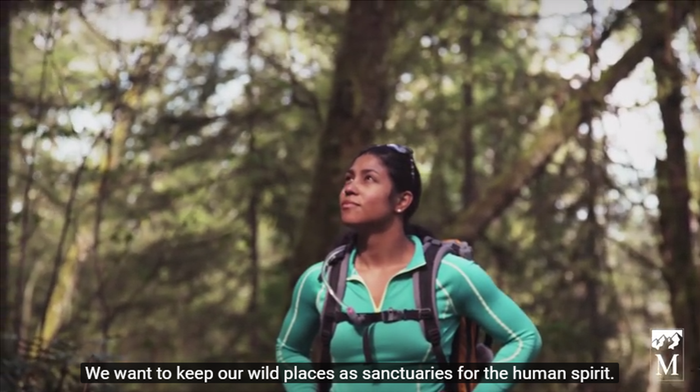
At The Mountaineers, we've believe venturing into the outdoors is an essential piece of the human experience. It's important to implement low-impact recreation skills to keep our wild places as sanctuaries for the human spirit. Read more…
How are Board Members Nominated?
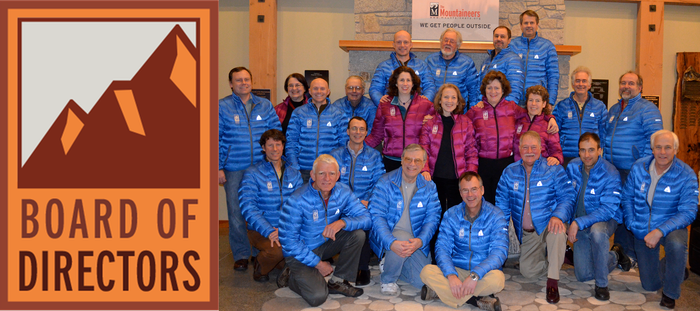
The Mountaineers Board of Directors is responsible for determining the future direction of our organization, controlling finances, making rules, and determining policy for property and programs. To ensure the board is representative of the organization, we've established a 'nominating committee' to help select future board members. Read more…
How To: Avoid Hazards Caused by Snow Melt
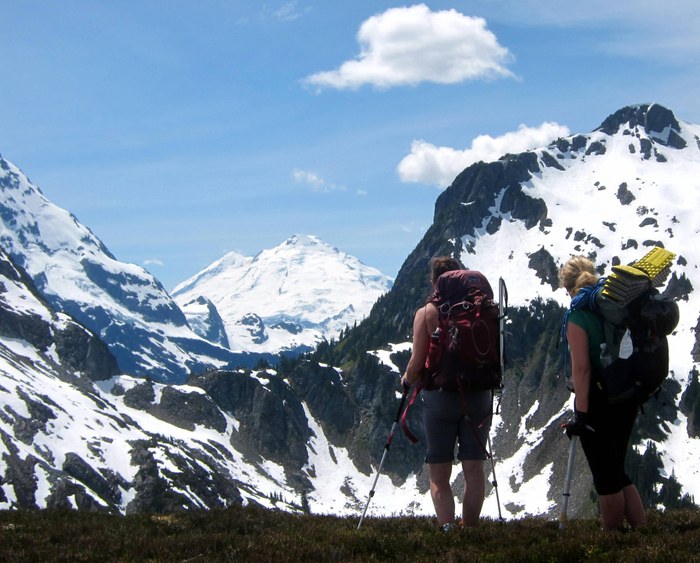
As the summer heat melts the snow in the mountains, more and more patches of exposed rock appear and can be very hazardous for multiple reasons. Read more…
How To: Run Effective Volunteer Meetings
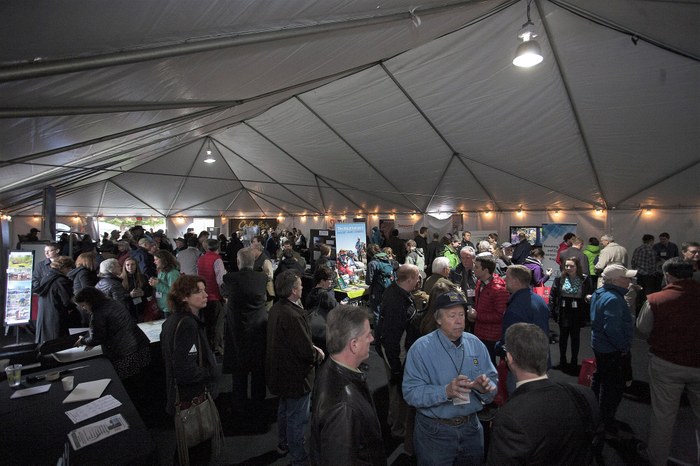
Most Mountaineers are not members because they love meetings (apologies to those of you who do!). But since meetings are necessary to run the programs we offer, let's focus on making them more effective, efficient, and enjoyable! Volunteering should be FUN. Read more…